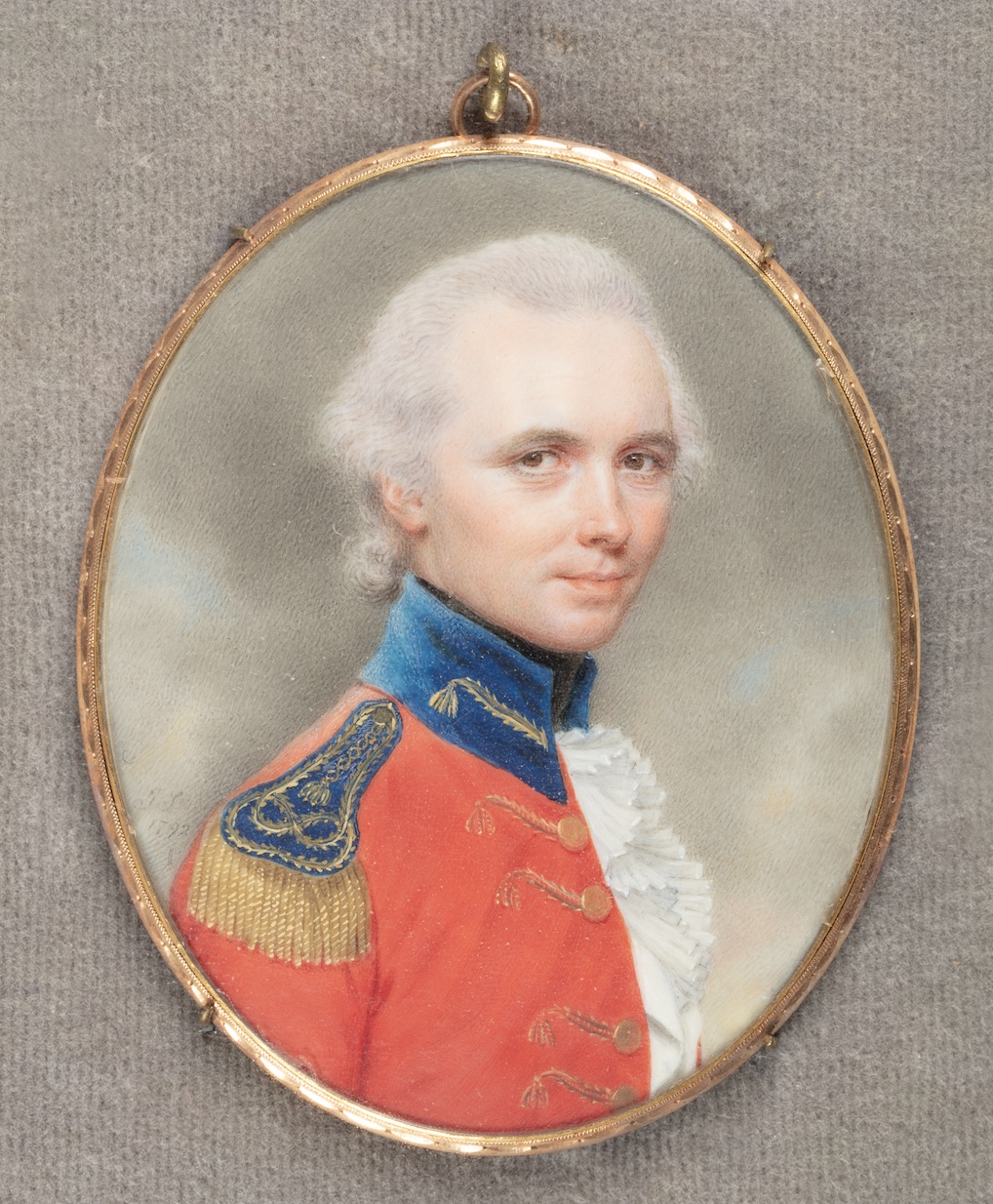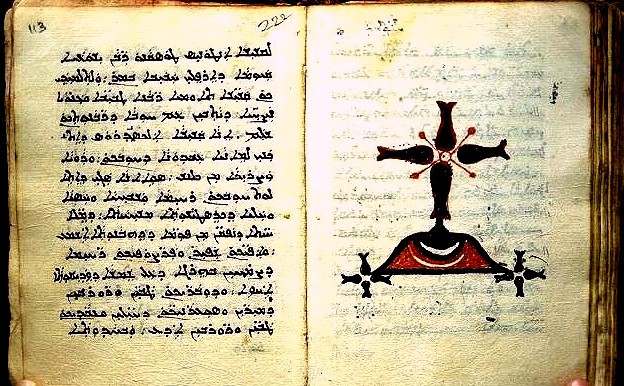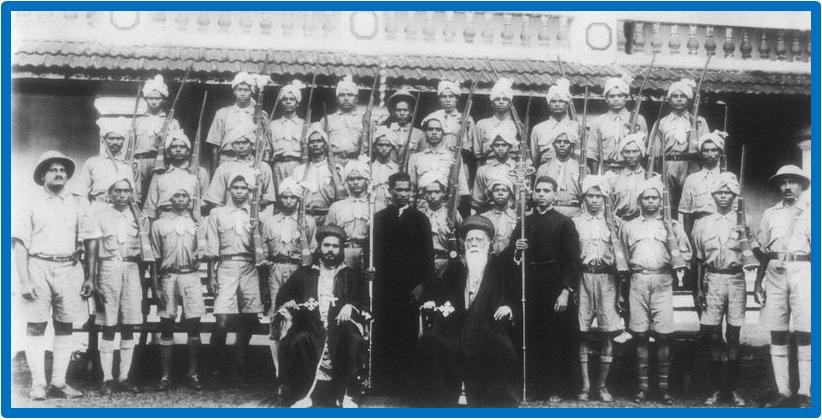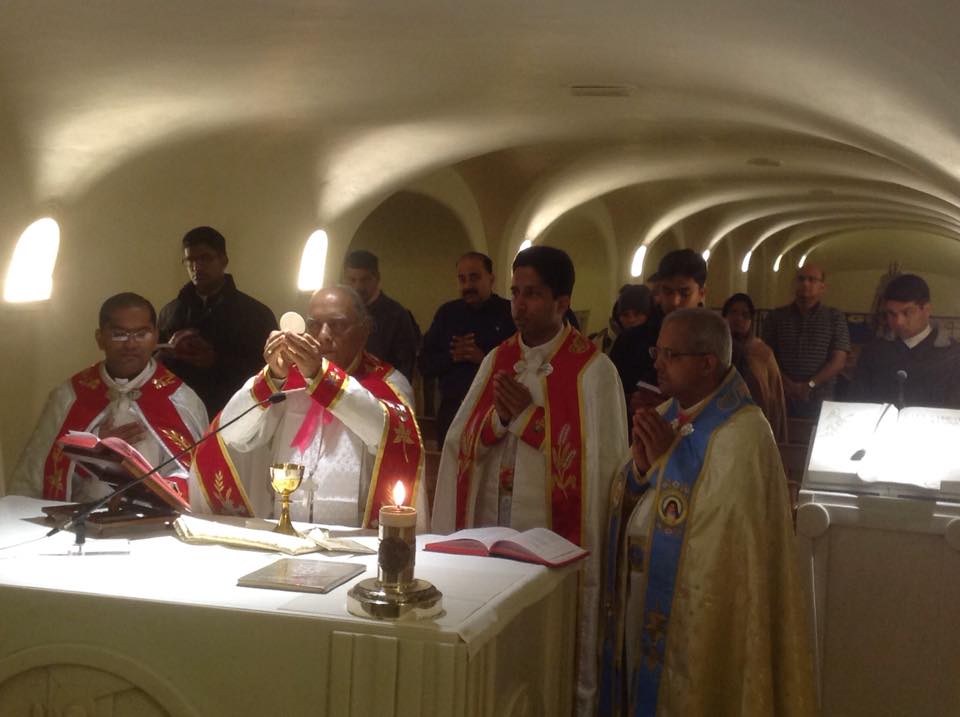|
St. Mary's Orthodox Cathedral, Puthencavu
St. Mary's Orthodox Cathedral, Puthencavu is one of the important churches in South India, located at a village named Puthencavu (near Chengannur), Alappuzha district in Kerala state of India. The church is one of the oldest Christian churches in the Central Travancore region of Kerala. History The people of Puthencavu depended on the old Suriyani Church in Chengannur or the church in Maramon before the establishment of this church. Due to the distance to the nearest church, Christians in the area decided to construct a church in Puthencavu itself. The Christians of Puthencavu decided to approach the Marthoma VI. During that time, the Travancore Maharaja had penalised the Marthoma VI per the request of the Dutch for the delayed payments of expenses in bringing the bishops: Mar Baselious Malprina, Mar Gregorios and Yohananon Ramban from Sheema during the times of Mar Thoma V. The Travancore government confiscated the metropolitan bishop's items and the goods and movable proper ... [...More Info...] [...Related Items...] OR: [Wikipedia] [Google] [Baidu] |
Malankara Orthodox Syrian Church
The Malankara Orthodox Syrian Church (MOSC) also known as the Indian Orthodox Church (IOC) or simply as the Malankara Church, is an autocephalous Oriental Orthodox church headquartered in Devalokam, near Kottayam, India. The church serves India's Saint Thomas Christian (also known as ''Nasrani'') population. According to tradition, these communities originated in the missions of Thomas the Apostle in the 1st century (circa 52 AD).''The Encyclopedia of Christianity, Volume 5'' by Erwin Fahlbusch. Wm. B. Eerdmans Publishing – 2008. p. 285. . It employs the |
Colin Macaulay
Colin Macaulay (13 April 1760 – 20 February 1836), was a Scottish general, biblical scholar and key activist in the campaign to abolish slavery. Early life Macaulay was a son of the Rev. John Macaulay (1720–1789), minister in the Church of Scotland, grandson of Dòmhnall Cam. and his mother was Margaret Campbell. He had eleven brothers and sisters, including Zachary Macaulay, one of the prime movers in the Abolition of Slavery campaign throughout the British Empire, as well as the Governor of Sierra Leone (a British settlement for freed slaves from America). Another brother was the Rev. Aulay Macaulay (writer), Aulay Macaulay, scholar and antiquary. Whilst much has been written of the early life of his brothers, little is known about Colin's upbringing. However, his education must have been formative as he became in later life a distinguished linguist with extensive knowledge of classical and modern languages, history and literature, and he wrote with a polished style. It ... [...More Info...] [...Related Items...] OR: [Wikipedia] [Google] [Baidu] |
Titus II Mar Thoma
Titus II Mar Thoma Metropolitan (Mar Thoma XVI) (6 May 1866 – 6 July 1944) was the head of the Malankara Mar Thoma Syrian Church with its center in Kerala state in south-western India. He was known as Thithoos Dwitheeyan Mar Thoma Metropolitan among his people. (Thithoos is Aramaic and Malayalam) It was in the Malabar Coast in the 1st century CE, Thomas the Apostle arrived to preach the gospel to the Jews and non-Jewish locals, from whom emerged the Nasrani people and their Malankara Church. They followed a unique Hebrew-Syriac Christian tradition which included several Jewish elements and Indian customs. The Mar Thoma Syrian Church is still a part of this Malankara Church community. Early days Palakunnathu Family In the 17th century, a member of the Panamkuzhy family (a branch of the Pakalomattam family), came and settled in Kozhencherry on the banks of river Pampa. Later they moved to Maramon, and lived at Chackkalyil, on the other side of the river. The second s ... [...More Info...] [...Related Items...] OR: [Wikipedia] [Google] [Baidu] |
Marthoma Church
The Malankara Mar Thoma Syrian Church, often shortened to Mar Thoma Church, and known also as the Reformed Syrian ChurchS. N. Sadasivan. A Social History of India'. APH Publishing; 2000. . p. 442. and the Mar Thoma Syrian Church of Malabar, is an autonomous Reformed Oriental church based in Kerala, India. While continuing many of the Syriac high church practices, the church is reformed in its theology and doctrines. It employs a reformed variant of the West Syriac Rite Divine Liturgy of Saint James, translated to Malayalam. The Mar Thoma Church sees itself as continuation of the Saint Thomas Christians, a community traditionally believed to have been founded in the first century by Thomas the Apostle, who is known as Mar Thoma (''Saint Thomas'') in Syriac,Mathew, K. S. (1993). ''The Faith and Practice of the Mar Thoma Church''. and describes itself as "Apostolic in origin, Universal in nature, Biblical in faith, Evangelical in principle, Ecumenical in outlook, Oriental i ... [...More Info...] [...Related Items...] OR: [Wikipedia] [Google] [Baidu] |
Cheppad Philipose Mar Dionysius
Dionysius IV born Cheppad Peelipose (Aramaic and Malayalam: ''Piyliypaos'', in English ''Philip'') (1781 – 9 October 1855), was 12th Malankara Metropolitan from 27 August 1825, until he abdicated in 1852 and 107th Successor to the Holy Apostolic Throne of St.Thomas. His tenure was a period of turmoil in the Malankara Syrian Church. When the Anglican Missionaries tried to interfere in the faith and administration of the Malankara church, the Church severed its relations with the Anglican missionaries through the historic Mavelikkara Synod of 1836. A negligible number of the members of the Church joined the C.M.S. Church. Remaining members were divided into two factions, one upholding the traditions that entered the Church, and the other in support of restoration based on principles propagated during the missionary activity of the Church Mission Society (CMS). Early life Philipose Dionysius was born in 1781 at the Aanjilimootil family in Pallippad, a place near Cheppad. Cheppad i ... [...More Info...] [...Related Items...] OR: [Wikipedia] [Google] [Baidu] |
Malankara Sabha
The Malankara Church, also known as ''Puthenkur'' and more popularly as Jacobite Syrians, is the historic unified body of West Syriac Saint Thomas Christian denominations which claim ultimate origins from the missions of Thomas the Apostle. This community, under the leadership of Thoma I, opposed the ''Padroado'' Jesuits as well as the ''Propaganda'' Carmelites of the Latin Church, following the historical Coonan Cross Oath of 1653. The Malankara Church's modern-day descendants include the Jacobite Syrian Christian Church, the Malankara Orthodox Syrian Church, the Malankara Marthoma Syrian Church, the Malabar Independent Syrian Church, the Syro-Malankara Catholic Church and the Saint Thomas Anglicans of the Church of South India. Early history of Christianity in India Ecclesiastical Communion Historically, Malabar traded frequently with the nations of the Middle East, and traders from Egypt, Persia, and the Levant frequently visited Malabar for spices. These groups inclu ... [...More Info...] [...Related Items...] OR: [Wikipedia] [Google] [Baidu] |
Geevarghese Mar Philoxenos
Geevarghese Mar Philoxenos aka Puthencavil Kochu Thirumeni (born K. T. Geevarghese) was an administrator, orator and an advocate of Orthodox and the Catholicate of the Malankara Orthodox Syrian Church of India. He served as Metropolitan of Thumpamon Diocese from 1930 to 1951. Birth Geevarghese Mar Philoxenos was born on 10 June 1897 at Puthencavu, a village on the banks of the River Pamba, as the second son of Thoma Kathanar of Kizhakethallekal family and Rachelamma of Chungathil family of Koipuram. Early life and education He was known as Geevarghese as a child and was the second of 4 brothers and 1 sister. He completed his primary education in Puthencavu, middle school education at Mavelikara and high school education at Chengannur. He obtained his Intermediate certificate from Calcutta, and went on to complete his BD at Serampore College, where he had traveled to, along with Fr P T Geevarghese (who later became Geevarghese Mar Ivanios). After completing his Bachelor of Divini ... [...More Info...] [...Related Items...] OR: [Wikipedia] [Google] [Baidu] |
Mar Thoma VIII
Mar Thoma VIII was the 8th Metropolitan of the Malankara Church in Kerala, India from 1809 to 1816. He was a man of vision. It was during his time Malankara church opened the first formal educational institution, in Kerala. With the opening of Kottayam Suryani Seminary, modern education dawned in Kerala. Consecration While Mar Thoma VII was at Kandanad (near Kochi) he fell seriously ill. He did not get time to call a meeting of the church leaders to select his successor. So he invited one of his relatives Thoma Kathanar, to his bed side, laid his hands on him, prayed and consecrated him as Mar Thoma VIII on 2 July 1809. Two days later, on 4 July, Mar Thoma VII died and Mar Thoma VIII took charge of the Malankara church. Meeting of the church leaders It was necessary for him to get the approval of the people to be a Malankara Metropolitan. For this reason soon after becoming Malankara Metropolitan, he convened a meeting of the representatives of the parishes at Kandanad, on ... [...More Info...] [...Related Items...] OR: [Wikipedia] [Google] [Baidu] |
Malankara Church
The Malankara Church, also known as ''Puthenkur'' and more popularly as Jacobite Syrians, is the historic unified body of West Syriac Saint Thomas Christian denominations which claim ultimate origins from the missions of Thomas the Apostle. This community, under the leadership of Thoma I, opposed the ''Padroado'' Jesuits as well as the ''Propaganda'' Carmelites of the Latin Church, following the historical Coonan Cross Oath of 1653. The Malankara Church's modern-day descendants include the Jacobite Syrian Christian Church, the Malankara Orthodox Syrian Church, the Malankara Marthoma Syrian Church, the Malabar Independent Syrian Church, the Syro-Malankara Catholic Church and the Saint Thomas Anglicans of the Church of South India. Early history of Christianity in India Ecclesiastical Communion Historically, Malabar traded frequently with the nations of the Middle East, and traders from Egypt, Persia, and the Levant frequently visited Malabar for spices. These groups inc ... [...More Info...] [...Related Items...] OR: [Wikipedia] [Google] [Baidu] |
Holy Qurbana
The Holy Qurbana ( syr, ܩܘܼܪܒܵܢܵܐ ܩܲܕܝܫܵܐ, ''Qurbānā Qaddišā'' in Eastern Syriac or ''Qurbānā Qandišā'' in the Indian variant of Eastern Syriac, the "Holy Offering" or "Holy Sacrifice" in English), refers to the Eucharistic liturgy as celebrated in East Syriac Christianity and the liturgical books containing the rubrics for its celebration. Churches that celebrate this liturgy include various descendants of the Church of the East. East Syriac Christianity consists of an Edessan liturgical rite called the East Syriac Rite (also known as the Edessan Rite, Assyrian Rite, Babylonian Rite, Chaldean Rite or Persian Rite). The major anaphora of the East Syriac tradition is the Holy Qurbana of Saints Addai and Mari; Addai being a disciple of Thomas the Apostle and Mari being Addai's disciple. These churches are primarily based in the Middle East and India, with diasporic communities settled in the western world. The East Syriac Rite is also employed by the ... [...More Info...] [...Related Items...] OR: [Wikipedia] [Google] [Baidu] |
Mar Thoma VI
Mar Dionysius I (Mar Thoma VI) (died 8 April 1808), was the 6th Metropolitan of the Malankara Syrian Church from 1765 until his death. A member of the Pakalomattom family (Thazhmon, Ayroor) he appealed to outside authorities to assert his position as the sole leader of the Malankara Church and to attempt to reunite all the Saint Thomas Christians. Thoma VI succeeded Mar Thoma V as Malankara Metropolitan in 1765, and unlike his predecessors, who were said by their opponents not to have been properly ordained as bishop, he received orders from Syriac Orthodox bishops in 1772, thus ending any controversy. Other events of his reign include the separation of the Thozhiyoor church (now the Malabar Independent Syrian Church), the arrival of English Protestant missionaries, and the first translation of the Bible from Syriac to Malayalam. Life The man who would be Dionysius was the nephew of his predecessor as Malankara Metropolitan, Mar Thoma V, and a member of the Pakalomattom family. ... [...More Info...] [...Related Items...] OR: [Wikipedia] [Google] [Baidu] |





